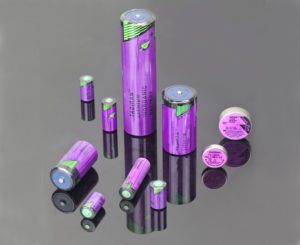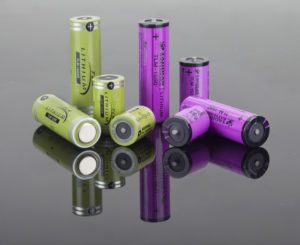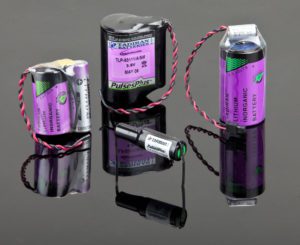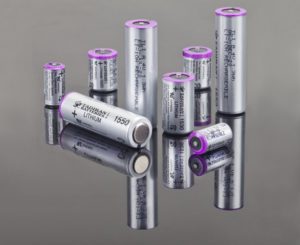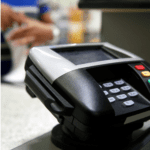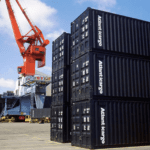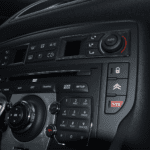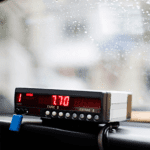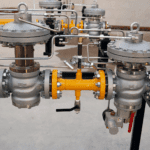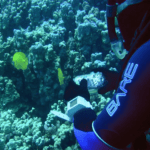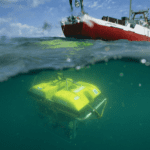Lithium thionyl chloride battery MSDS is a key component to properly handling the product. It contains a description of all relevant safety measures.
All You Need To Know About Lithium Thionyl Chloride Battery MSDS
The lithium thionyl chloride battery is a wet type of battery that has a wide range of applications. It is commonly used in medical devices, as well as in a variety of industrial and military applications. While this battery has many benefits, it also poses some risks. If handled improperly, it can cause damage, human injuries, and environmental issues.
To understand what type of battery you are using and its aspects, we will explore the lithium thionyl chloride battery MSDS or Material Safety Data Sheet. We will discuss the dangers associated with this battery, as well as what you can do to protect yourself from these risks.
Types of Lithium Thionyl Chloride Batteries Found in MSDS
There are three types of lithium batteries:
- Primary types are non-rechargeable and can only be used once. They are typically used in applications where a constant, long-lasting power supply is required, such as in pacemakers and other medical devices. This is where Li-SoCl2 batteries belong. They’re primary wet type, meaning that, unlike dry batteries, they contain corrosive liquid within.
- Secondary types are rechargeable and can be used multiple times. They are often used in consumer electronics, like laptops and cell phones. The demand for this battery type is typically large, as these are energy efficient and can be applied in a wide variety of products.
- Tertiary types are also rechargeable but can only be charged a limited number of times before they need to be replaced. They are typically found in industrial applications where a high-powered, long-lasting battery is required, such as in electric vehicles or backup power batteries systems.
When making a lithium thionyl chloride battery MSDS, you’ll first identify and describe the product and mention the supplier. Then, you can elaborate on all the aspects of the product and how it can be properly handled.
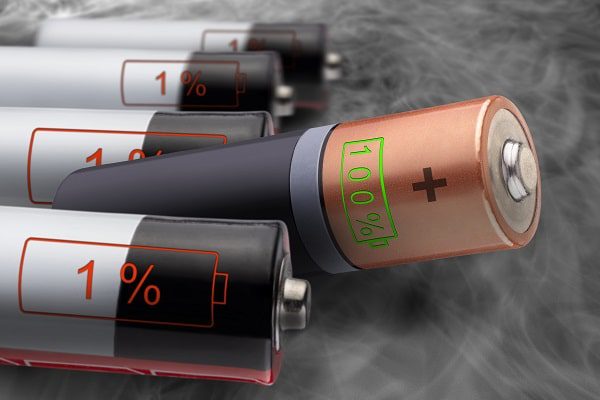
Which Elements Does Lithium Thionyl Chloride Battery MSDS Contain?
When creating a safety data sheet, it’s important to mention which type you have. Once you have identified the battery, you should list the following:
- Composition information
- First-aid measures
- Fire-fighting measures
- Accidental release measures
- Handling and storage details
- Exposure control and personal protection information
- Physical and chemical properties
- Stability and reactivity
- Toxicological information
- Ecological information
- Disposal considerations
- Transport information
- Regulatory information
- Other relevant information
Having all this, lithium thionyl chloride battery manufacturers can distribute their products. Additionally, lithiutm thionyl chloride MSDS can help manage risks properly and ensure correct usage.
Usage of lithium thionyl chloride battery and its MSDS
Lithium batteries are one of the most popular types of batteries on the market today. They are used in a wide variety of applications, from cell phones and laptops to industrial battery supply and military equipment.
There are many benefits to using these batteries. They have a high energy density, which means that they can store more energy than other types of batteries. They also have a long shelf life, meaning that they will last for years without needing to be replaced. Additionally, they are environmentally friendly, as they do not contain any toxic materials. Information about environmental impact can often be found in lithium thionyl chloride battery MSDS.
Despite the many benefits of said batteries, some potential risks are also associated with their use. For example, if a battery is damaged or mishandled, it can release harmful chemicals into the environment. As such, handling these batteries carefully and following all safety instructions when using them is essential.
Since this battery is a high energy density sealed product containing lithium and thionyl chloride as primary materials, improper handling could lead to a hazard. Having a lithium thionyl chloride battery MSDS or material safety data sheets can help everyone involved in the process of transporting and handling the product to do it in the right way. It can prevent distortion, leakage, overheating, explosion, human injury, and more.
If you’re looking for a quality lithium thionyl chloride battery, you can turn to Tadiran Batteries. Their inorganic electrocute battery is a power source that can meet the requirements of new-gen microelectronics and all other devices. It’s a great, long-lasting product, available for usage in a wide variety of industries, from medicine to military projects. Further, you will find a comprehensive lithium thionyl chloride battery MSDS.
Playing the article for the visually impaired


